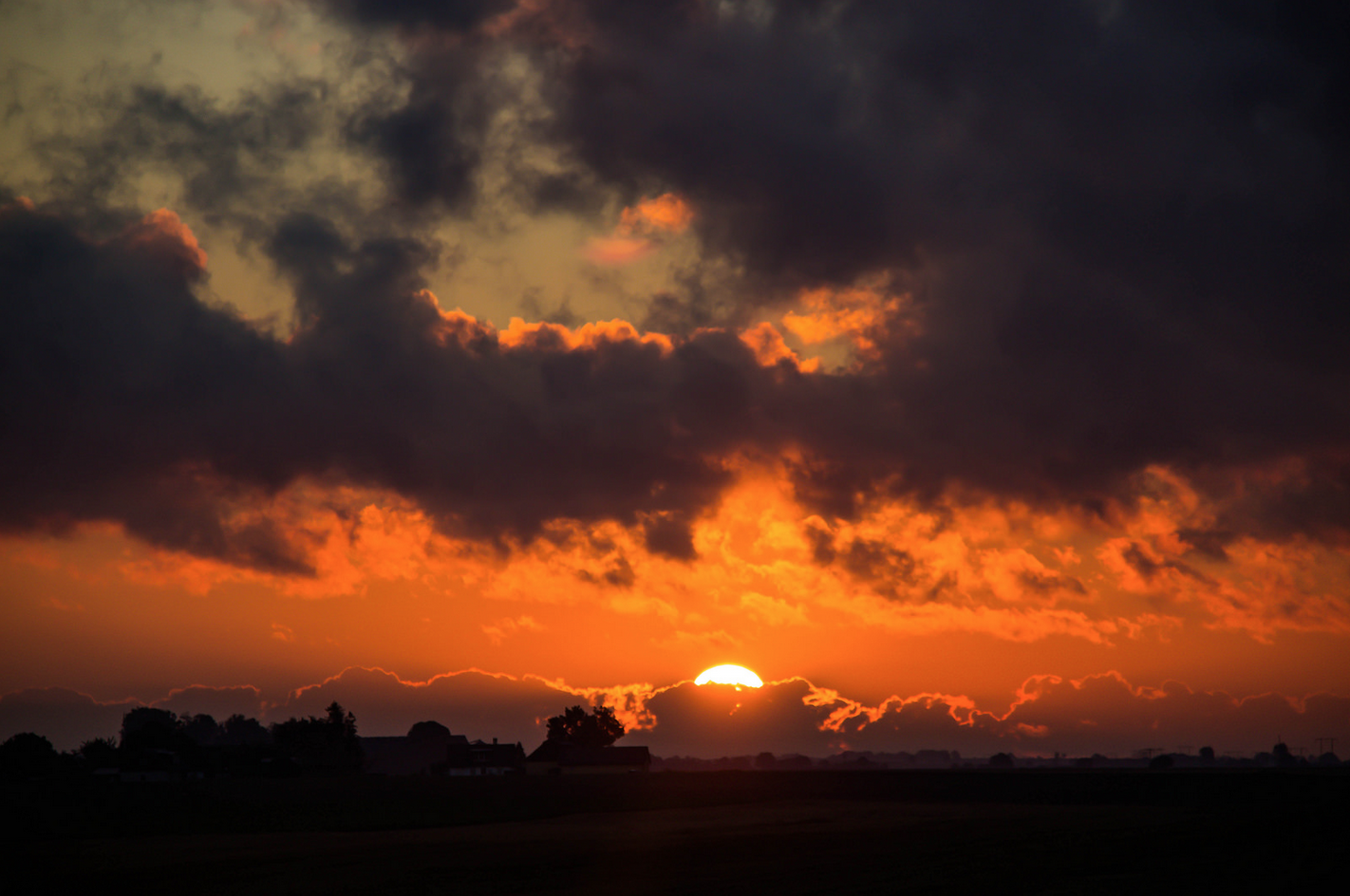
Many professional photographers stray away from taking photographs of sunsets and sunrises due to the common belief that they are “cliché”. Because of this, many photographers miss out on some of the most beautiful times to take photographs! Photographs of sunset or sunrise don’t have to be boring and in this article we teach you how to photograph sunsets and sunrises and make these images your own.
Equipment Needed
- A DSLR camera (any digital camera will do, but a DSLR is preferred)
- A tripod
That’s it!
Choosing a location
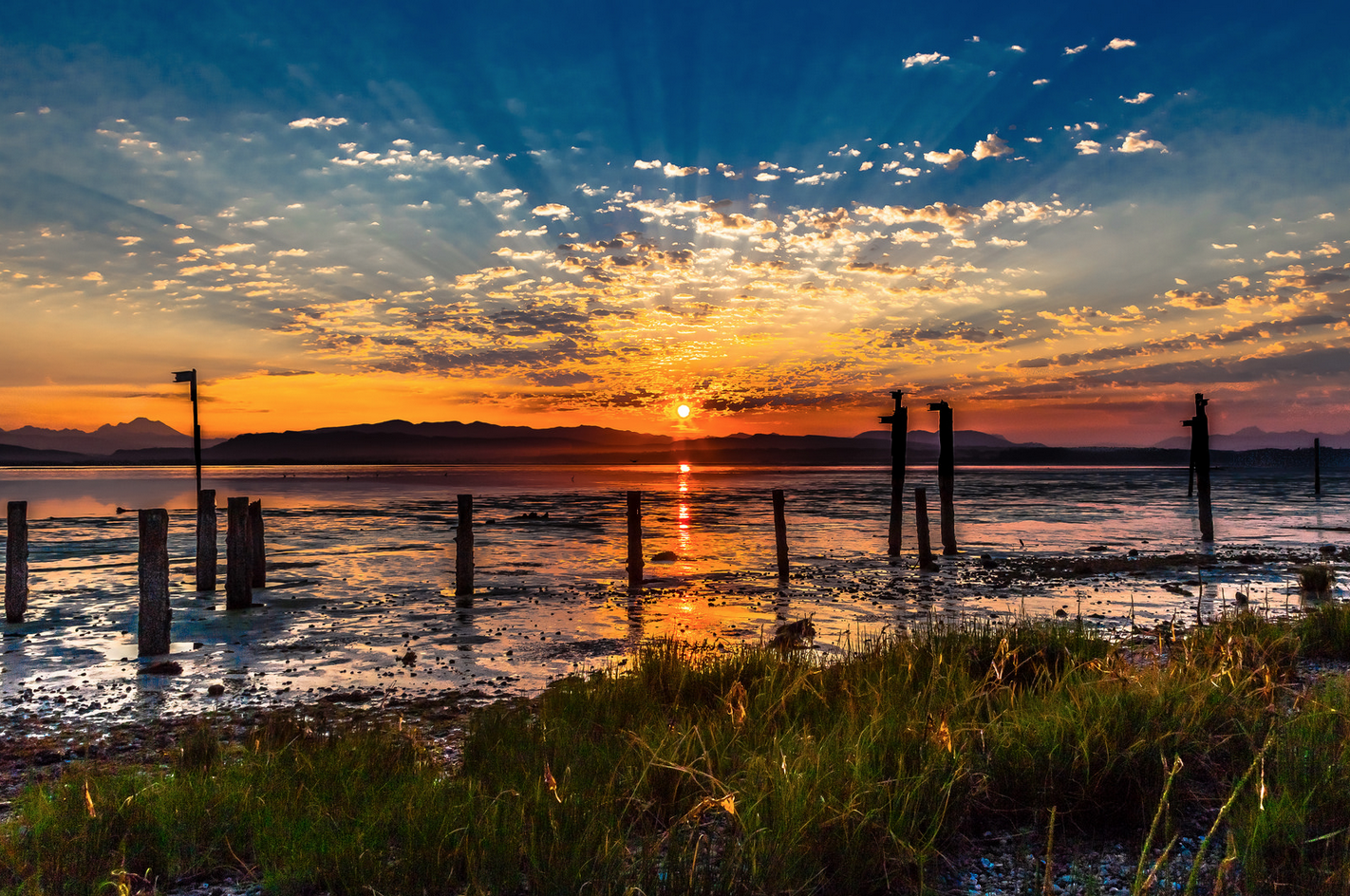
The location in which you photograph is one of the most important decisions you can make when photographing sunset or sunrise. While the sun provides beautiful shades of pink, purple, orange and red, and can easily shift the mood of any scene you are photographing, the actual subject of the image can make or break the photograph. Would you photograph a beautiful sunrise with a trash truck in the foreground?
The most successful photographs of sunset and sunrise are traditionally landscapes or seascapes. Since you’ll be photographing either early in the morning or later in the evening, you likely won’t have to worry about any people walking through your photographs (unless you want them to – then choose a location where this will happen)! Try to scout out locations a day or two in advance, and check the weather to ensure that you’ll be prepared for the conditions. While you may think that a beautiful sunny day is the perfect time to photograph, cloudy and stormy days can provide an even more interesting subject! Just make sure you bring protection for both yourself and your camera.
[su_note]All MFA, BFA, One & Two Year Photography program tuition includes an exotic one-week photography exploration to one of the following locations – The Caribbean; Rio De Janeiro, Brazil; Paris, France; Beijing, China; or another exciting locale. Click here for more information.[/su_note]
Look up sunrise and sunset times!
Although the sun always rises in the East and sets in the West, the time at which this occurs changes daily, and changes drastically throughout the year. Because of this, it’s important to look up sunrise and sunset times before you start shooting. It would be a disappointment to get to your location after sunrise has already occurred! There are plenty of websites and applications that allow you to easily check these times for your location. Once you have figured out what time you need to get to your location, try showing up at least a half hour before sunrise or sunset is supposed to occur. This will give you time to set up your shot before the peak moment.
Silhouettes
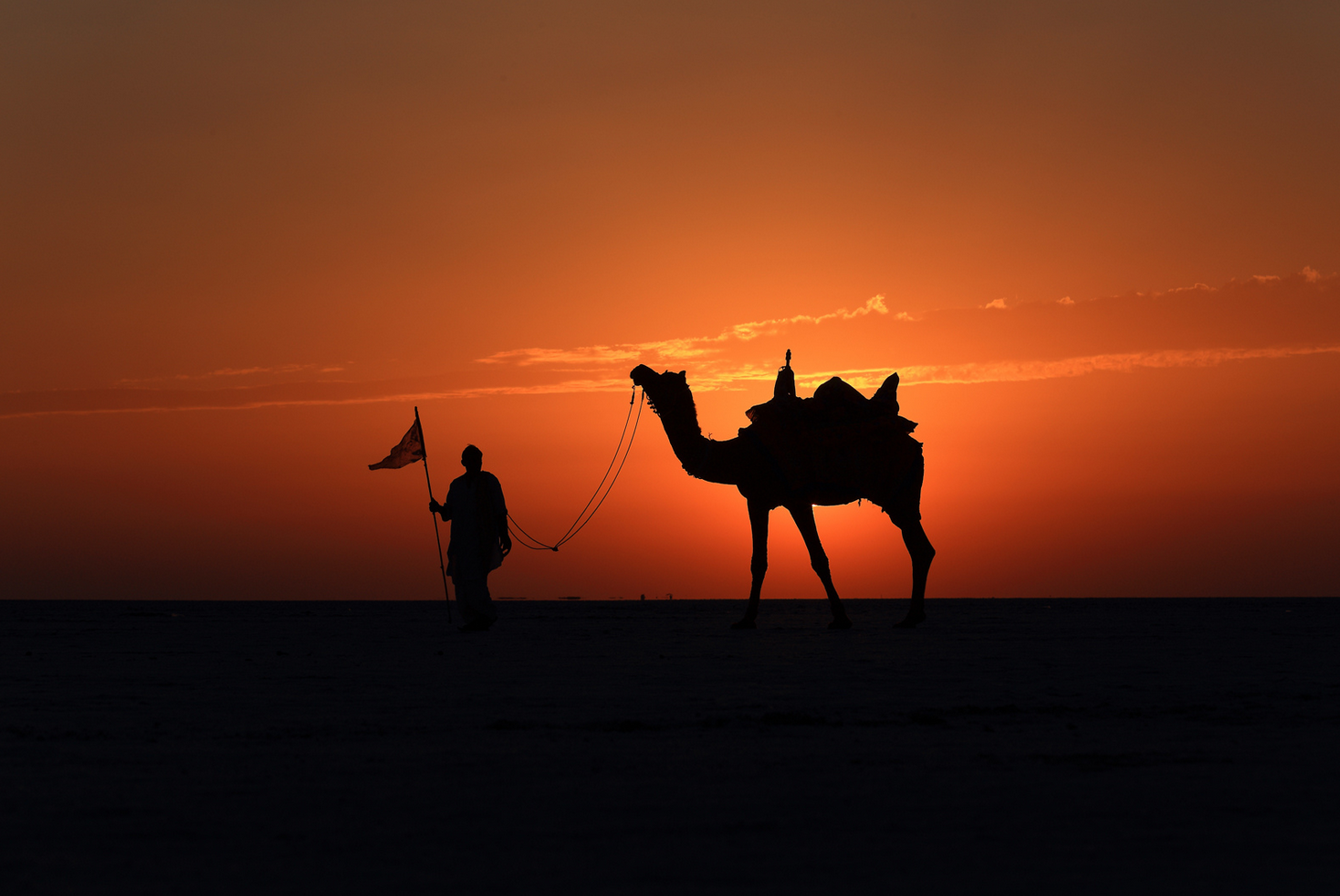
Sunrise and sunset are two of the best times of the day to photograph silhouettes. If you want to stray away from the cliché silhouette photograph, choose an interesting subject. The most interesting silhouettes tell a story while keeping the exact story a bit of a mystery. When choosing your subjects, it’s important to keep it relatively simple. Since silhouettes get rid of many defining features, the key to a good silhouette is ensuring that the viewer still has at least an idea of what they are looking at. The line between ‘mysterious’ and ‘unidentifiable’ is very thin.
Choosing the perfect white balance
While we’ll get into other camera settings momentarily, white balance is one of the most important settings when shooting sunrises or sunsets. If you shoot in RAW, you can easily change the white balance in post-production. I highly recommend shooting in RAW, if no other reason than to see how drastically the mood of a photograph changes when you switch it from warm to cool.
While you may be perfectly happy with what Automatic white balance gives you, it’s interesting to play around with both Tungsten and Shade as well. Tungsten takes out orange tones in a photograph, leaving you with cooler images, while Shade takes out the blue tones, leaving you with warmer images.
Other camera settings
While camera settings will vary based on your location, the time of day, your subject, etc, you can start with these settings and then shift them to reflect your own personal needs. Since you’ll likely want to keep your entire scene in focus, you should shoot at an aperture of f/8 or smaller; keep in mind, the smaller the aperture opening, the longer your shutter speed will have to be – with human or animal subjects, you may want to keep the aperture wider. With a small aperture and a tripod, you can use a slower shutter speed to create dreamy overall effects, capturing the movements of the clouds and the sun’s rays. You should shoot at an ISO of 100 or 200 (whichever your camera goes down to) to ensure that your photograph has the least amount of noise possible.
Getting creative
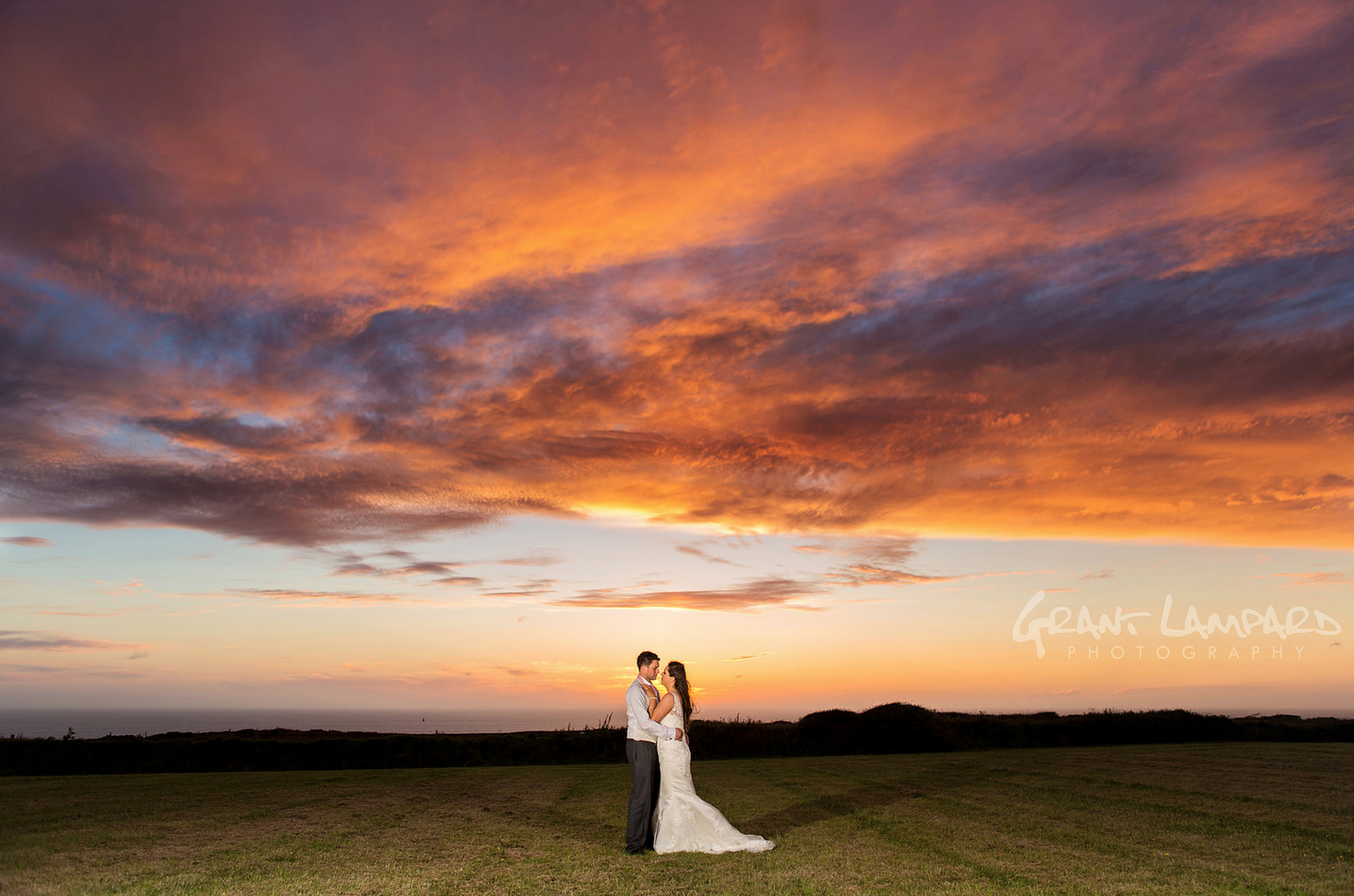
Have you ever tried to take a portrait during sunset or sunrise, only to find that your subject turned into a silhouette? If a silhouette is not what you’re going for (but you still want to capture all the beautiful colors in the sky), you’ll be happy to hear that there is any easy fix for this problem.
The secret? An external flash! Use your meter to expose for the background, and then use an external flash to compensate for the area of the photograph that will be underexposed with these settings (your subject). A quick flash will light up your subject while keeping the beautiful colors of the sky perfectly exposed.
Different focal lengths
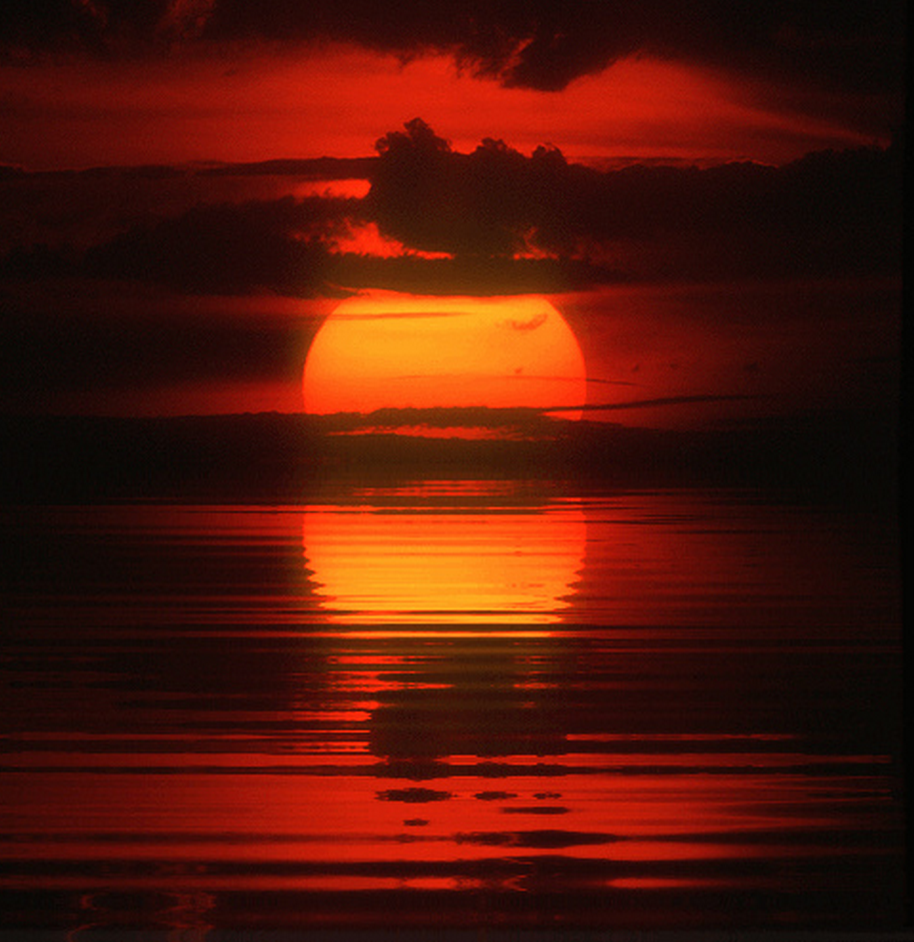
Many photographs of sunrises or sunsets are taken with a wider focal length to effectively capture the entire scene. What would happen if you used a telephoto lens? Using the sun as your subject instead of the landscape can create some stunningly beautiful images. Using the colors of the sky as the subject an also create beautiful, albeit abstract images as well.
Keep experimenting! You can capture the colors of the sky in the reflection of water, an oil spill, a mirror, or a bubble. Try using different focal lengths, different subjects, and different exposures. You’ll soon realize that sunrises and sunsets aren’t as cliché as you may have originally thought!
